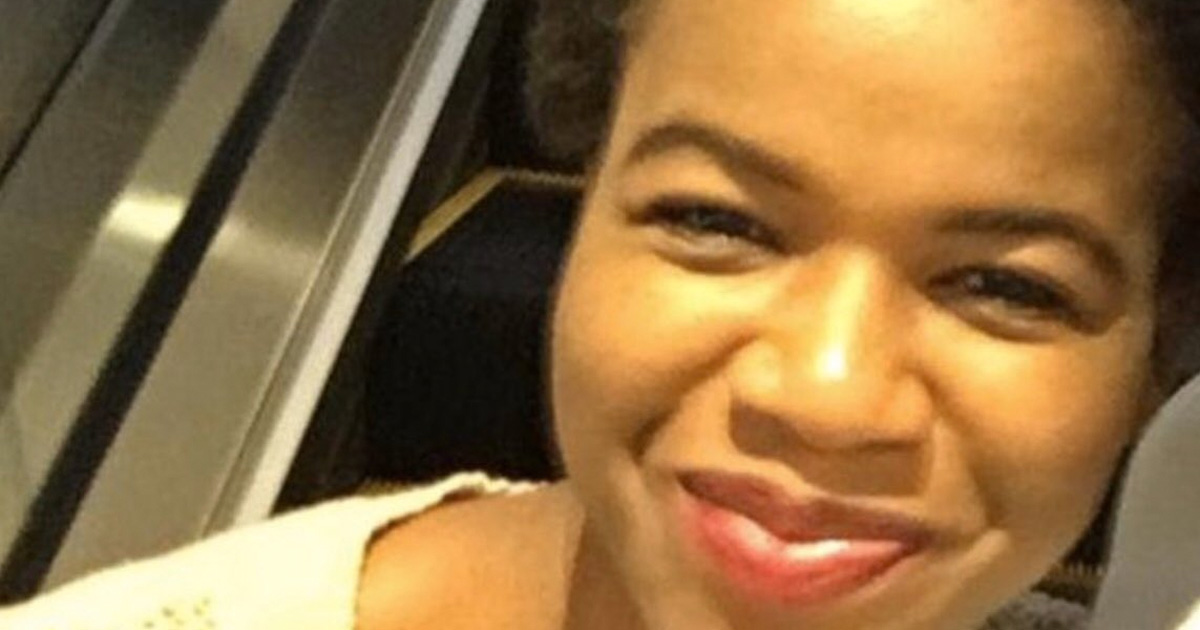


The profession is shaped distinctively by the segregationist policies of the apartheid system in South Africa, as well as by the overwhelming “patriarchal structures of a largely colonial society”. This is highlighted in the disparities with regards to the provision of health-care services for its citizens, the wide-ranging discrepancies in resource allocation between public/private and urban/rural sectors, as well as the skewed gender and racialized representation of healthcare providers. The history of medicine in South Africa is one of stark and intractable inequality. Conclusionsīased on the investigation, we propose that HRH planning incorporate forecasting methodologies towards reaching gender equity targets to inform planning for production of healthcare workers. The Kruskal–Wallis test indicated that there was a sustained significant difference in terms of the number of male and female doctors by population groups and geographical distribution. An independent-samples t-test revealed that there was a significant difference in the number of male and female doctors. There would be a deficit of 2242 female doctors by 2030 to achieve a 1:1 ratio between male and female medical doctors. Female doctors from the Black population group have constantly grown in the medical workforce from 4.4% (2000), to 12.5% (2019). Men continue to dominate the medical profession in 2019, representing 59.4% (27,579) of medical doctors registered with the HPCSA with females representing 40.6% (18,841), resulting in a male-to-female ratio of 1:0.7. While the ratio of female doctors per 10 000 population has increased between 20, from 1.2 to 3.2, it remains substantially lower than the comparative rate for male doctors per 10 000 population which increased from 3.5 in 2000 to 4.7 in 2019. We forecasted future gaps of South African male and female doctors up to 2030, based on maintaining the current male-to-female ratio and attaining an equitable ratio of 1:1. Descriptive statistics were used to summarize data, and inferential statistics (considering a significance level of 0.05) were utilized to determine the association between the number of male and female doctors, disaggregated by demographic variables. MethodsĪ retrospective review of the Health Professions Council of South Africa’s (HPCSA) database on registered medical doctors (medical practitioners and medical specialists) from 2002 until 2019 was utilized as an indicator of supply. Thus, this paper quantifies the gap in supply of female medical doctors in relation to demand, towards reaching different gender equity scenarios. However, this does not always equate to equitable representation of women within medicine, regarding their socio-demographic indicators, regions, sectors and fields of practice. Increasing feminization of medical professions is well-acknowledged.


 0 kommentar(er)
0 kommentar(er)
